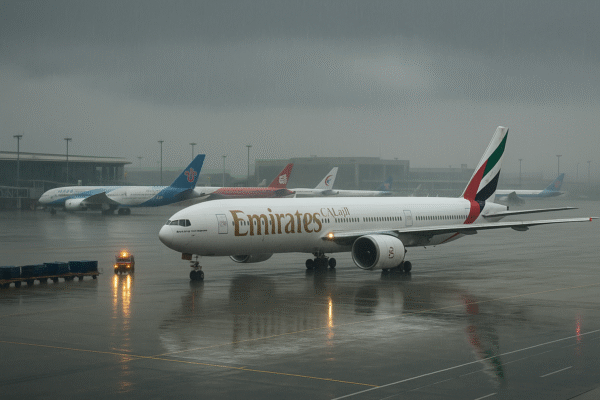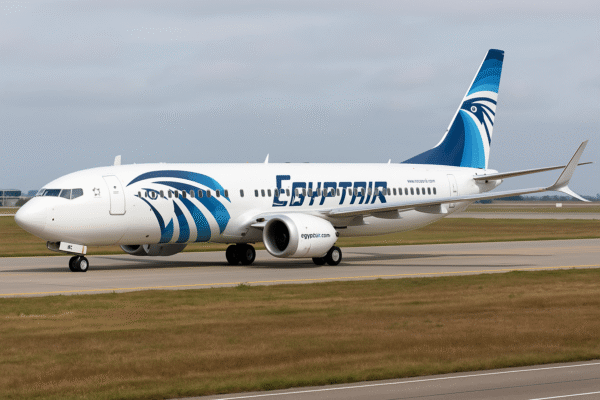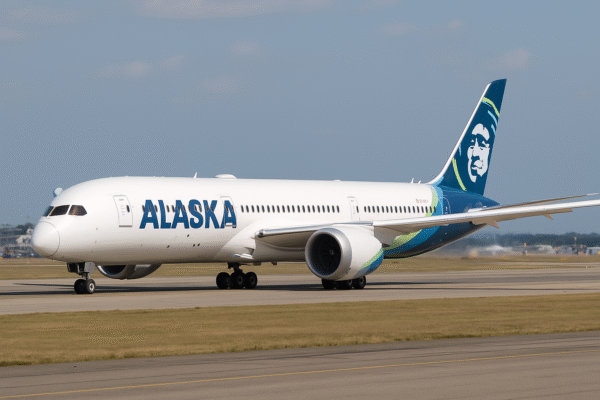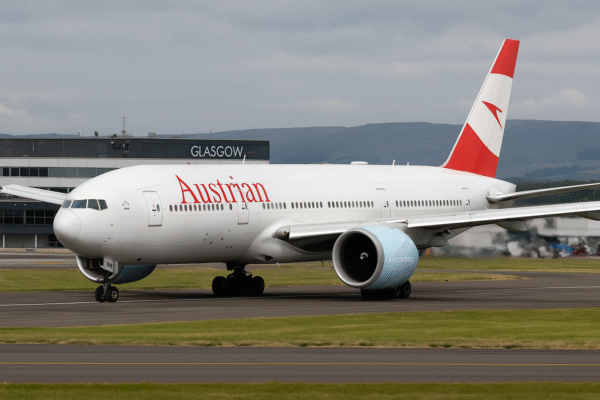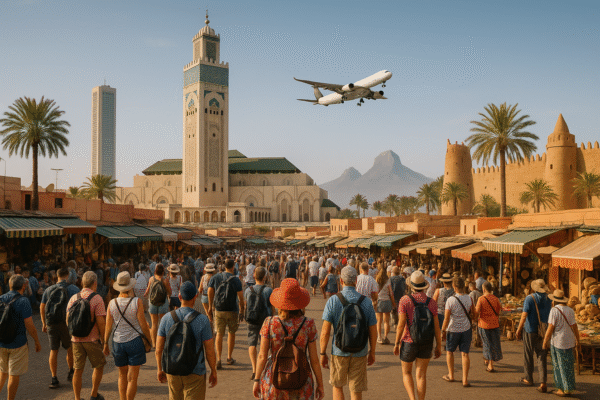The first half of 2025 has rewritten the global tourism playbook, as seven powerhouse destinations — Morocco, Saudi Arabia, the UAE, Egypt, South Africa, Qatar, and Tunisia — reported unprecedented visitor arrivals, revenue gains, and international visibility. Driven by strategic investments, modernised airports, simplified visa policies, and curated experiences, this regional alliance is setting new benchmarks for the travel industry.
Morocco – The Gateway of Light
Morocco’s tourism sector surged with 8.9 million arrivals between January and June, up 19% year-on-year, generating 54 billion dirhams ($5.15 billion). Over half of these visitors were Moroccans living abroad, highlighting a strong homecoming trend. With the Africa Cup of Nations and 2030 FIFA World Cup on the horizon, Morocco is expanding airports in Marrakech and Casablanca, upgrading riads, and investing $600 million to elevate visitor experiences — from luxury resorts to immersive desert tours.
Saudi Arabia – Global Leader in Tourism Growth
According to the UNWTO, Saudi Arabia ranked #1 worldwide for tourism revenue growth, attracting 102% more visitors in early 2025 compared to pre-pandemic figures. First-quarter revenues hit SAR 49.4 billion ($13.16 billion). Guided by Vision 2030, the Kingdom is unveiling futuristic mega-projects like NEOM and The Red Sea Global, alongside preserving treasures such as AlUla’s UNESCO-listed Hegra. Its new King Salman International Airport will handle up to 120 million passengers annually, redefining aviation capacity in the region.
UAE – The Futuristic Tourism Powerhouse
The UAE welcomed 9.88 million visitors to Dubai in just six months, with hotels achieving 80.6% occupancy. Dubai International Airport processed 46 million passengers, while Ras Al Khaimah recorded 654,000 visitors, becoming a hotspot for luxury weddings and adventure travel. The UAE continues to blend modern marvels like the Museum of the Future with authentic Arabian hospitality, maintaining its position as one of the top three global tourism hubs.
Egypt – Eternal Allure and Modern Luxury
Egypt’s arrivals climbed 24% year-on-year to 8.7 million in the first half of 2025, securing its place as the 10th fastest-growing tourism market globally. Revenues for the nine months ending March reached $12.5 billion. The launch of the Grand Egyptian Museum expanded Nile cruises, and direct flights to the Sphinx Airport near Giza are making ancient wonders like the Pyramids more accessible, while Red Sea resorts continue to draw beach and diving enthusiasts.
South Africa – A World in One Country
In January alone, 1 million visitors arrived in South Africa — a 6.7% increase from 2024. Tourism is expected to contribute ZAR 659.8 billion to the economy this year. From Cape Town’s Table Mountain to Kruger National Park safaris, the nation’s diversity remains its strongest draw. State and private sectors are working together to protect natural heritage while expanding luxury safari offerings that appeal to both adventure seekers and high-end travellers.
Tunisia – The Mediterranean Comeback
Tunisia welcomed 4.3 million tourists in the first six months of 2025, up 11% from last year, generating over 3 billion dinars ($1 billion) in revenue. Improved connectivity with Europe and revitalised coastal resorts are central to its resurgence. Visitors can explore Carthage’s ruins, relax in Sidi Bou Said, or venture south to El Jem’s Roman amphitheatre and the Sahara’s cinematic landscapes.
Qatar – Luxury, Culture, and Post-World Cup Prestige
Building on the success of hosting the 2022 FIFA World Cup, Qatar attracted 1.5 million visitors in Q1 2025, with hotels recording 71% occupancy. Events like Eid Al Fitr drew record crowds, while Doha’s Museum of Islamic Art and National Museum of Qatar continue to elevate its cultural profile. The Hamad International Airport remains a world-class gateway, supporting the country’s Tourism Strategy 2030.
A Unified Vision for Global Travel
This collective tourism surge represents more than impressive statistics. It signals a shift toward a cooperative regional tourism identity, combining Africa’s natural wonders and deep history with the Middle East’s luxury, innovation, and event-driven appeal. The integration of streamlined e-visa systems, high-capacity airports, and global marketing campaigns ensures that these destinations are accessible and attractive to travellers from every continent.
With mega-events like the Africa Cup of Nations 2025 and the FIFA World Cup 2030 set to draw millions, the region’s tourism infrastructure and cultural offerings are poised for further expansion. This synergy is not only redefining the visitor experience but also setting the stage for a sustained era of travel growth that could reshape global tourism patterns for the next decade.
For more travel news like this, keep reading Global Travel Wire




